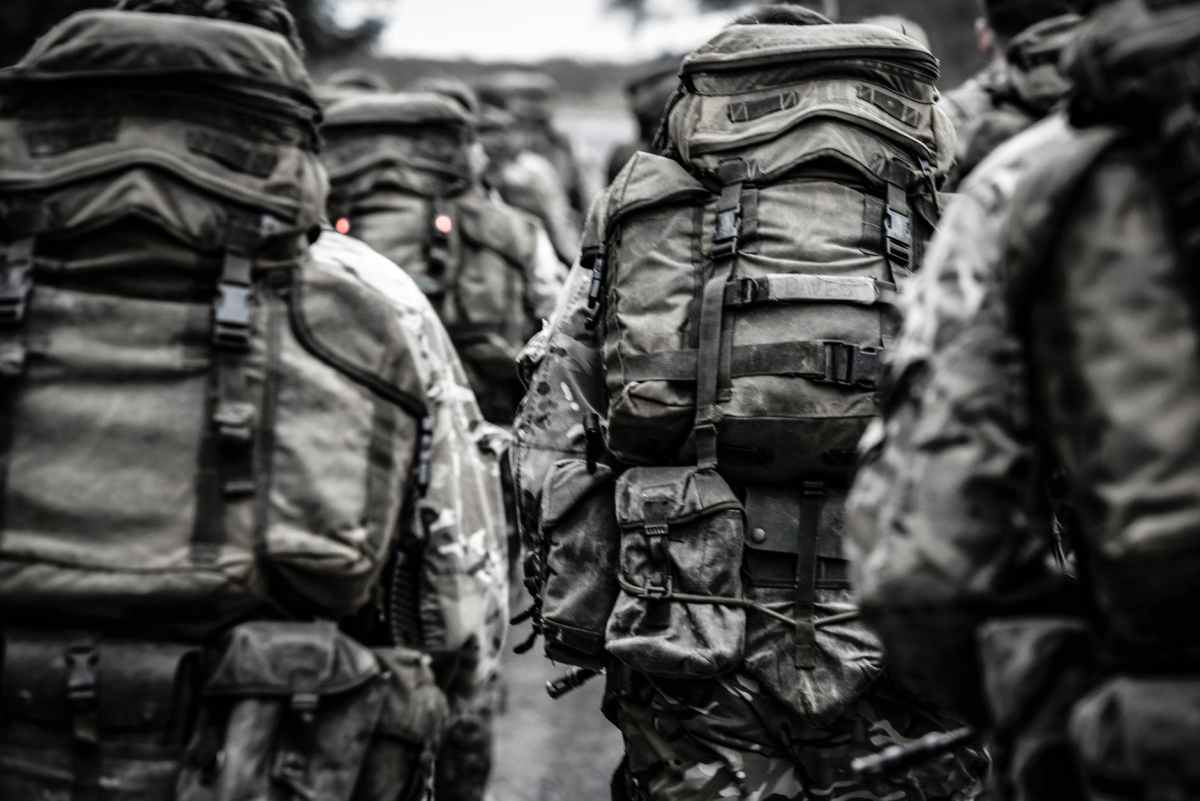This is the second installment in the series on Burn Pits in Iraq & Afghanistan. For the first installment, see this blog post.
Service Members are Fighting Back
In 2010, over 60 lawsuits across the country were brought against the government contractor KBR relating to its operation of the burn pits in Iraq and Afghanistan. They were consolidated in In re KBR Inc. BurnPit Litigation, alleging that KBR exposed service members and civilian contract workers to harmful fumes from its unauthorized use of open-air burn pits, thereby causing various serious injuries. However, in June 2018, the 4th U.S. Circuit Court of Appeals ruled that the case could not move forward. The ruling was based on a legal doctrine that courts cannot decide political questions, that is,questions that are better decided by Congress and the president. This was because the panel of judges deciding the case found that the United States military had control over KBR so that KBR’s decisions regarding the burn pits were “de facto military decisions.”
However, in a Worker’s Compensation case filed in the U.S. Department of Labor, an administrative law judge found exposure to burn pits was linked to lung disease.[1]This case concerned a federal contractor, not a service member, and was not connected to the KBR litigation. Thus, it is not clear what effect, if any,this decision may have on the ongoing burn pit crisis.
In May of this year,Representatives Tulsi Gabbard (D-Hawaii) and Brian Mast (R-Florida), both post-9/11 combat veterans, introduced the Burn Pits Accountability Act. The Act would require the Department of Defense to evaluate whether service members have been exposed to burn pits or other toxic airborne chemicals. Service members who have been exposed will be enrolled in the Department of Veterans Affairs Burn Pit Registry unless they opt out. The Act is still pending a vote.
In June, the House of Representatives held a hearing to determine what is known about the health effects of burn pits. Members of various veterans’ organizations testified at the hearing, though no representative from the Department of Defense attended. In August 2018, General Patraeus sent a letter to all Congressional offices urging them to support the Burn Pits Accountability Act.
Many Veterans Service Organizations and non-profits support efforts aimed at increasing our knowledge of the effects of burn pits, as well as providing supports to veterans living with the consequences of exposure to burn pits. However, there is still much more the VA can and needs to do to support our veterans. So what can veterans do now?
What Can Service Members or Veterans Exposed to Burn Pits Do?
Any veterans or service members who are experiencing health conditions that may be related to their exposure to burn pits can file for VA Disability Compensation. However, these claims are considered on a case-by-case basis, meaning service members will not get any special treatment if they claim their conditions are connected to their exposure to burn pits. However, VA regional offices have been instructed to review all claims for disability compensation for potential exposure to burn pits, even if it is not alleged.[2]
They should also consider registering with the VA’s Burn Pits Registry, and/or the Burn Pits 360’s registry. Individuals who register with the VA can receive a free health evaluation.
[1] https://taskandpurpose.com/burn-pits-court-ruling-va/
[2] Id. at 11.


